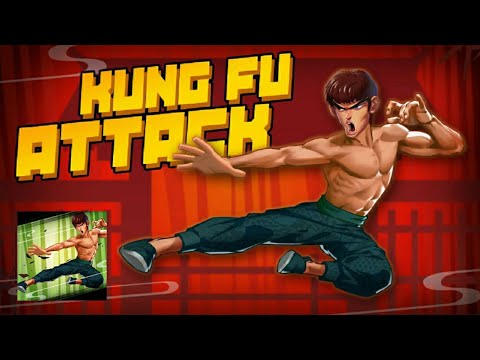
If you’ve been waiting to try out a new hero shooter game, then you’ve come to the right place. The free-to-play hero shooter video game, Paladins: Champions of the Realm, was developed by Evil Mojo, an internal studio of Hi-Rez. It was released on May 8, 2018, and was made available for Xbox One and PlayStation 4. You can download the game free from the PlayStation Store or the official website.
Players can choose from more than 50 playable characters in the game. The choices can be overwhelming, as you’ll have to determine which champion best suits your playstyle. Thankfully, a Paladins tier list can help you make the best choice. The tier list will tell you how much each character is worth, as well as how they’re ranked against one another. Listed below is a breakdown of the different classes, and how they stack up against each other.
In the newest DOTA 2 expansion, Tyra is an excellent melee support champion with a ranged attack. She can also use her Vine skill to throw herself over long distances. Jenos, like Zhen, performs similarly to Grover. He has an automatic carbine called the Star Splitter and also uses cosmic energy in other skill-based attacks. Jenos also provides healing to allies, although her Astral Mark ability is a little slow.
While a Paladin is a secondary support character in DOTA, the main role of a paladin is melee combat. They have a high armor class and a large number of hit points. This means that they are more powerful than other melee characters, and can overwhelm many enemies. In addition to having a high hit point and armor, paladins can also heal other members of their party. These characteristics can make them more versatile than other melee classes and make them valuable addition to any group.
Another advantage of a Paladin is that they are a strong zoner. Inara’s ultimate bypasses shields and can be a very powerful hero if played properly. However, Inara ultimate can only do so much without support. In addition, Inara requires backing from a tank, so he can use his abilities to bolster his friends. Khan is also a great threat when combined with DPS.
Gameplay in Paladins revolves around a unique game mode. Players race to be the first team to capture the central capture point. Each successful push grants one point to the team. The point is also important because it prevents the enemy team from using its payload. The team that succeeds in this will be awarded 300 credits for the capture. The game ends when one team has four points, and the first team to do so wins. In addition, teams cannot score the fourth point in defense.
Although the paladin class combines some aspects of the warrior and the mage, they are generally considered to be the most powerful class in World of Warcraft. As a tank and party defender, Paladins excel at the job. By soaking up enemy attacks, they can protect their party from harm. They can also use abilities like Champion Challenge, which prevents enemies from fleeing from them, and Divine Allegiance, which substitutes their HP for an ally’s.
While the paladin spell list isn’t amazing, they can be converted into Divine Smites. While most of the abilities in the class are defensive, the ones that do have a more offensive focus can be useful. Sacred Weapon Channel Divinity is a great option for new players, as it effectively converts into Divine Smite. Sacred Weapon Channel Divinity can be a huge boon, throwing the Paladin into a cosmic battle between light and dark.
The word paladin first entered the English language in 1592. Its origins can be traced to the historical invasion of the Umayyads into Gaul. The term paladin has since evolved into its current form, with its etymological descent from the Latin palatinus. This term refers to a noble person who is closely associated with an emperor. A paladin will be highly effective in the battle against evil enemies and will often function as a tank.
As a paladin, you can choose to take specific oaths. These oaths grant certain features and bespoke spell lists. Additionally, each subclass grants two options for channel Divinity, which act as staple abilities for the particular Oath. In addition, higher levels grant you more subclass features and more paladin specialties. Of course, the standard Paladin subclass has the most similarities to the knight in shining armor, but it lacks a specialty and has a mixed bag of abilities.

